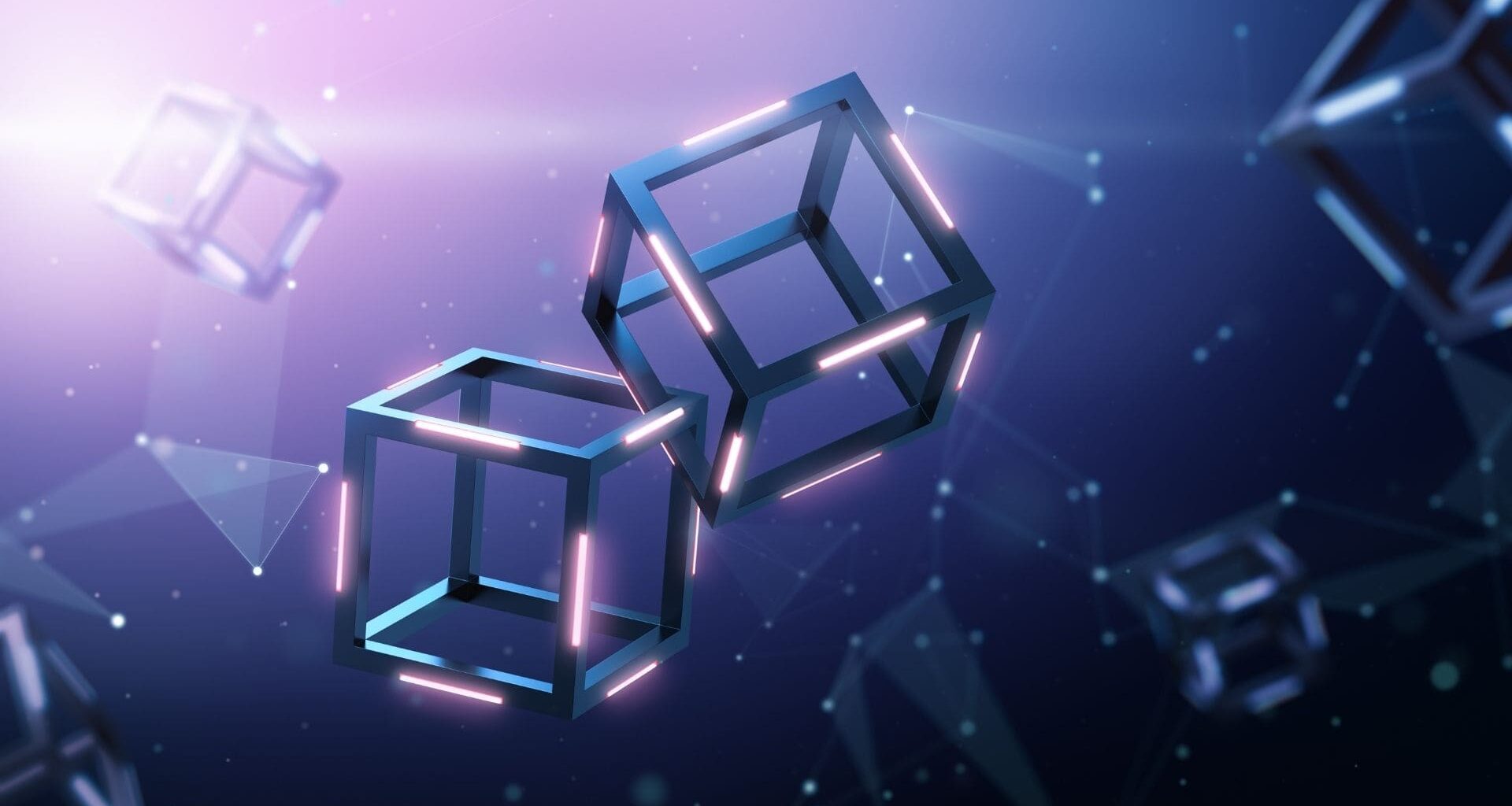Is blockchain limited to records management? Is it just an immutable database? Not exactly. Though the present use cases and PoC of blockchain is all in the storage domain, it is way more than an unalterable database.
Imagine an intelligent immutable blockchain network which harnesses the AI computing & edge sensing capabilities to construct automated, transparent, trusted, and secure digital realities. That’s exactly what a web3 future beholds.
Read this insight to understand the essential components & blockchain architecture layers of a distributed network that imparts high security, integrity, and immutability to it.
Components of a Blockchain network
Blockchain solutions/network comprises nodes, blocks, hashes and more. We did briefly touched on these in our previous insights on blockchain but here is the most comprehensive one:
Blockchain Nodes
A node can be anything from a computer, to a virtual machine in the cloud, to any IoT device as long as it’s a part of the distributed communication network. In blockchain technology, nodes are synonyms with peers. And so, the network of interconnected nodes is also called a peer-to-peer network.
Blocks
Consider this as a data structure of blockchain networks. It stores a collection of information about the transaction. Blocks data could be an encrypted timestamp, header, and a hash of the previous block.
Chains
The hash function plays a major role in blockchain where a block has a hash value, and each value contains the hash of the previous block. Thereby, making an immutable chain.
Digital Signature
To verify the security and integrity of data the transactions are digitally signed by the clients using asymmetric cryptography. In the upcoming sections, we will also see the importance of asymmetric cryptography.
Hash functions
The transactional data intended to be stored on a blockchain network is converted into a hash using a hash algorithm. This improves the data privacy aspects of the blockchain solution. It can also mask stakeholder information if needed.
Consensus algorithm
Consensus algorithms are a set of rules governing every transaction/operation in the blockchain network. Consensus algorithms create, validate, and sync nodes in the network. It ensures all the nodes agree with the truth i.e., agreed rules.
Miners
These are the nodes within the blockchain network that validates/verify and allow addition of new transactions. The process is called mining.
Blockchain Architecture Layers
It’s easy to comprehend the functioning of blockchain with the help of layers. A typical blockchain solution has five layers –
Application and Presentation Layer
It is the user interaction layer i.e., the frontend equivalent of the web2.0; end users interact with the blockchain network via application layer, it includes API interactions. The smart contracts, chain, and dApps are written and run/triggered using this layer.
What are smart contracts you ask?
These are programs stored in the blockchain that run or execute whenever the pre-decided conditions are achieved. They can execute the agreements automatically without the constant engagements of any intermediary, and can jump to the next action provided the conditions are verified.
There is also a new word for you – dApps. It is an acronym for Distributed/decentralized Applications (dApps). As the name suggests, dApps run on a decentralized network, and it ties smart contracts with a frontend interface. Examples could be – Golem Network, Augur.
Consensus Layer
The consensus layer’s focus is to validate blocks, order blocks, and make sure every node is in sync. The protocol or consensus algorithm ensures power is decentralized and distributed and it also reports if a single entity is controlling the blockchain.
Every blockchain has a different consensus, if we look at the Bitcoin and Ethereum the consensus used is the PoW (Proof of Work) mechanism where the miner who finds the hash first would be the one allowed to add a new block in the chain and as a reward would get bitcoins or ether.
Similarly in Hyperledger Fabric the consensus mechanism is PBFT (Practical Byzantine Fault Tolerance) which relies on the number of nodes to confirm the trust which decides whether to submit the block with the blockchain or not.
Network Layer
Promotes inter-node communication by ensuring discovery and connectivity of every node for easy & quick node propagation, to sync the current state of the blockchain network. The creation of the block, the discovery of nodes, and the addition of the block are all managed in this stage of the process.
Data Layer
Blockchain data structure comprises pointers and Linked lists i.e., interconnected blocks. The blocks contain the transaction data and a hash of the merkle root. It also contains pointers to the previous node, nonce, timestamp, and other relevant details.
The stored data in blocks is usually encrypted.
What is asymmetric cryptography? It is a system that generates two paired keys for encryption and decryption, where the sender encrypts the transaction with the receiver’s public key while the receiver would decrypt the transaction with only the sender’s paired private key. It ensures data integrity in a blockchain network.
Infrastructure Layer
The nodes and internet are the main components of the infrastructure layer. Ideally, in a client server setup, people pull and push data to cloud or on-premise storage and servers. But in a p2p network i.e., blockchain network, the nodes are the servers and computing capacity of an individual user’s computer. The end user’s computing system is what forms the infrastructure layer.
To conclude
Blockchain is still in an early stage, we do see a lot of implementation, but its real potential applications and real capabilities will unfold when blockchain solutions are designed to leverage the intelligence of AI, the sensing capabilities of IoT, and computing. It’s important to understand the basic concepts like nodes, hashes, blocks, consensus algorithms, smart contracts, etc., to design efficient blockchain solutions.
Reach out to codewave’s digital transformation consultants to innovate new solutions for the decentralised web.
Recommended reading:
- Explore in detail the tech resources you may need to design a blockchain solution.
- Farm to table food provenance using blockchain technology
- Blockchain use cases in healthcare
- A crisp clear introduction to blockchain
He is an MBA graduate who was part of the tech evangelists team @ codewave.







